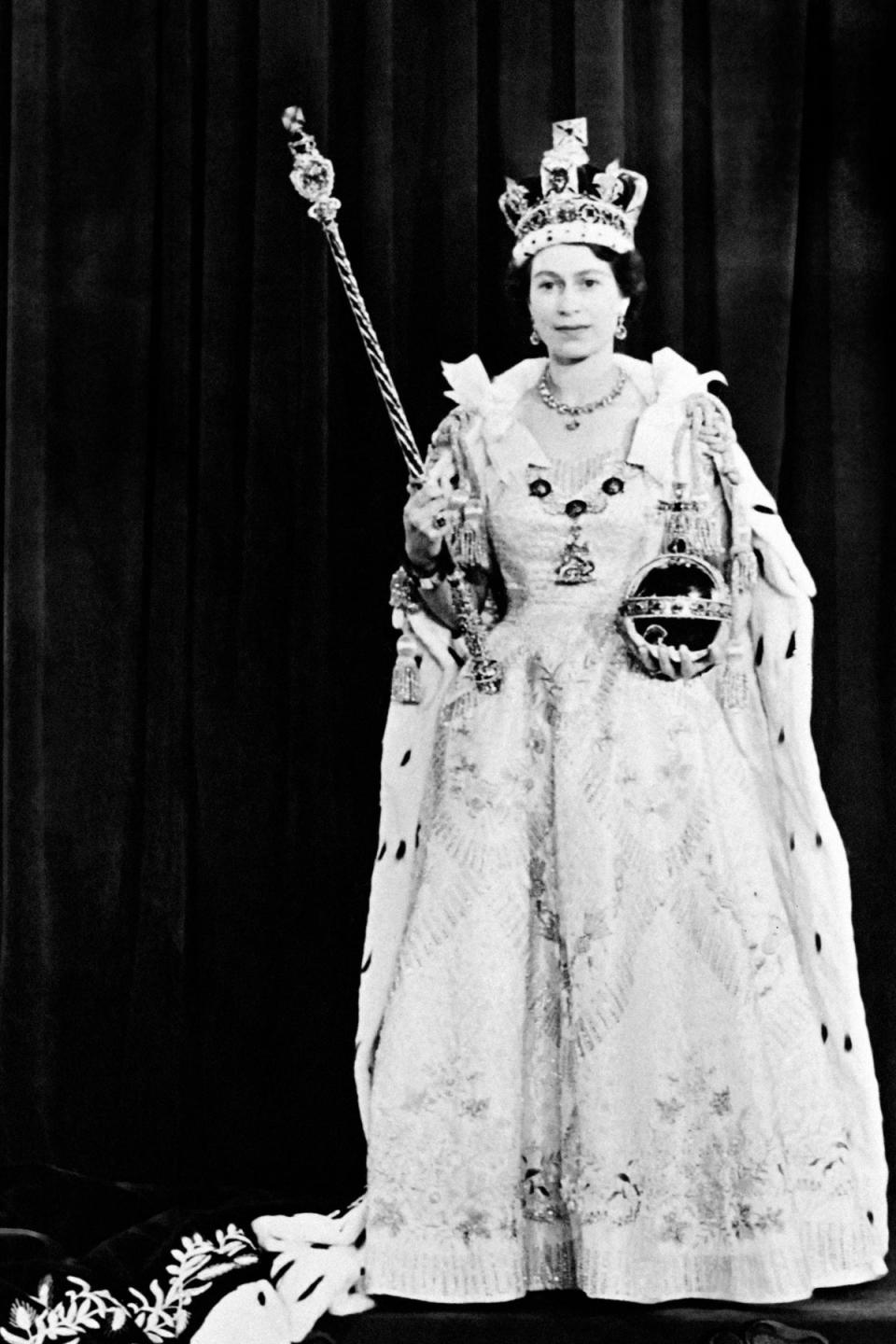What will King Charles’ coronation outfit say about his reign?
King Charles III’s coronation ceremony will take place this spring, with a long weekend full of events set to take place to mark the occasion.
The new monarch, who ascended the throne following the death of his mother, Queen Elizabeth II, on 8 September 2022, will be crowned alongside Queen Consort Camilla on the morning of Saturday 6 May.
Buckingham Palace has said that the ceremony will be a “solemn religious service, as well as an occasion for celebration and pageantry” that will “reflect the monarch’s role today and look towards the future”.
But while the coronation will be “rooted in longstanding traditions and pageantry, it has been reported that the King plans to buck tradition in at least one area: his coronation outfit.
Historically, British monarchs have donned traditional garments during their coronation ceremonies, such as silk stockings and breeches, opulent robes made from velvet, silk, damask and ermine, and heavily embroidered gowns.
However, reports have suggested that King Charles will opt to wear his military uniform instead for his ceremony. A source was quoted by The Sun as saying that senior palace aides believe “breeches look too dated”.
Taste consultant and stylist Marian Kwei tells The Independent that, if the King were to forego the traditional clothing worn by his predecessors, it would “mark a historical turning point” that would set his coronation apart.
“It is important to note that it has [also] been reported that [the King] will not have multiple changes of dress at the event, unlike previous monarch such as his mother,” she says.

For her coronation on 2 June 1953, the late Queen wore a lavish white duchesse satin gown embroidered with thousands of seed pearls, sequins and crystals. The dress, created by British couturier Norman Hartnell, also incorporated the emblems of the seven independent states of which she was monarch together with the UK’s home nations.
During her anointing ceremony, which was not televised at Her Majesty’s request, the late Queen also wore a simple, white linen dress that completely covered the coronation gown.

The Coronation Robes have historically been a mainstay at coronation ceremonies, including the crimson velvet Robe of State, or Parliament Robe; the much plainer Colobium Sindonis, which is Latin for “Shroud Tunic”; the golden silk and lace Supertunica robe; the Robe Royal, which is embroidered with national symbols; and the Robe of Estate, a six-and-a-half-metre long robe crafted from purple silk velvet and ermine.
It is not known if King Charles will opt to wear all the robes usually required during the ceremony. According to Historic UK, if he does, he is likely to wear a new set of robes that will be made specially for him, except the Supertunica and the Robe Royal.

However the King chooses to dress for the ceremony will no doubt signal a new era for the British monarchy, Kwei believes.
“From a branding perspective, Buckingham Palace is trying to communicate to us that the monarchy is a ‘forward-thinking adaptable establishment’ that recognises that ours is a different time and season, and era marked by approachability and engagement, and that it seeks to express this through how the monarchy dresses,” she explains.
“It makes sense that in a time documented by conversation-starting social and digital modes of media and trends that the monarchy be rebranded as an establishment that is approachable and in keeping with the times,” Kwei continues.
By opting for his military uniform instead of silk stockings and heavy robes, King Charles can be seen as shedding a “school of thought that many can no longer relate to”, Kwei adds.
“The military uniform that he will be [reportedly] opting for is a more timeless standard of dress. It not only nods to the tradition and pageantry of the royal establishment but will withstand the changing tides of time. It ensures relevancy in eras to come. It is thus likely that military dress will be the routine for coronations to come.”
She adds that, if King Charles does forego the traditional dress for his coronation, the world “can expect that his reign (and that of future monarchs) will be one that is more modern, more approachable, easier to relate to and in better touch with our current times”.
“This new style of dress being adopted at the upcoming coronation tells us that his monarchy and those to come, seek to be more relatable, engaging with its masses more intimately.”

 Yahoo Autos
Yahoo Autos 